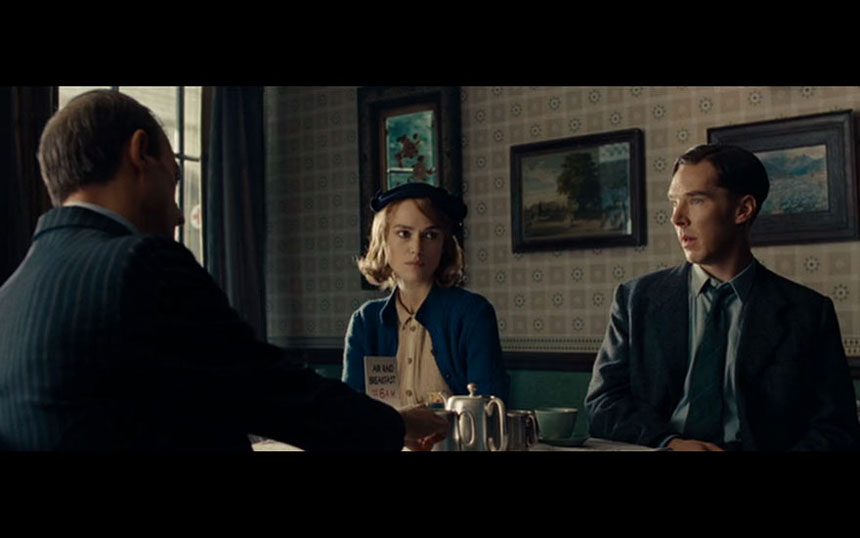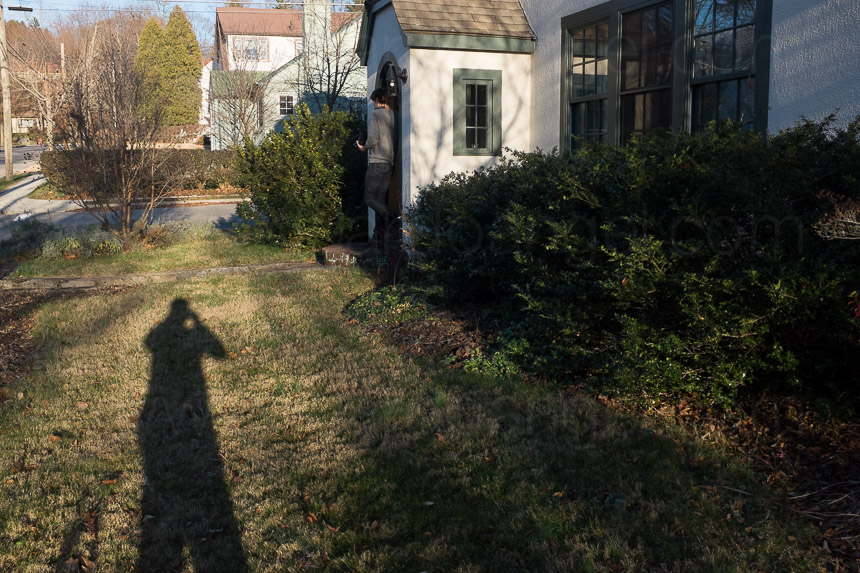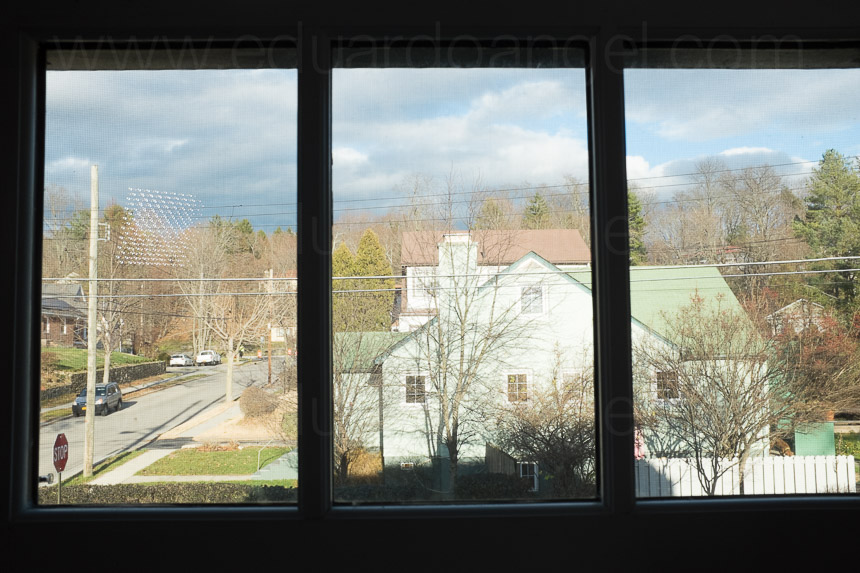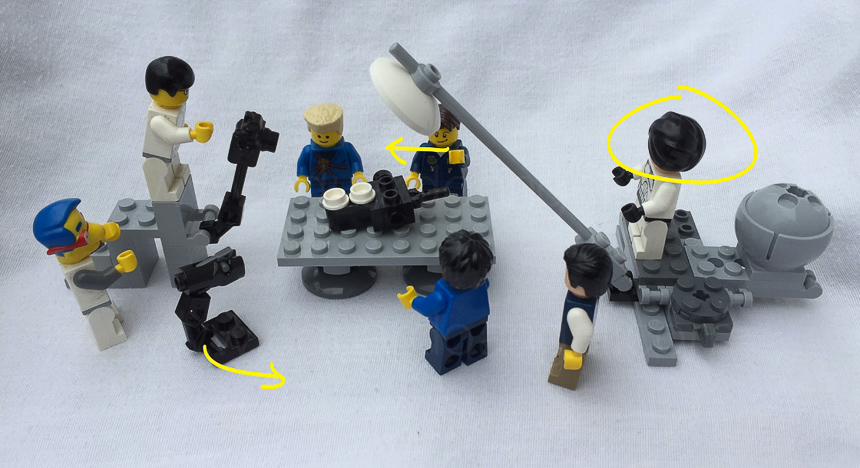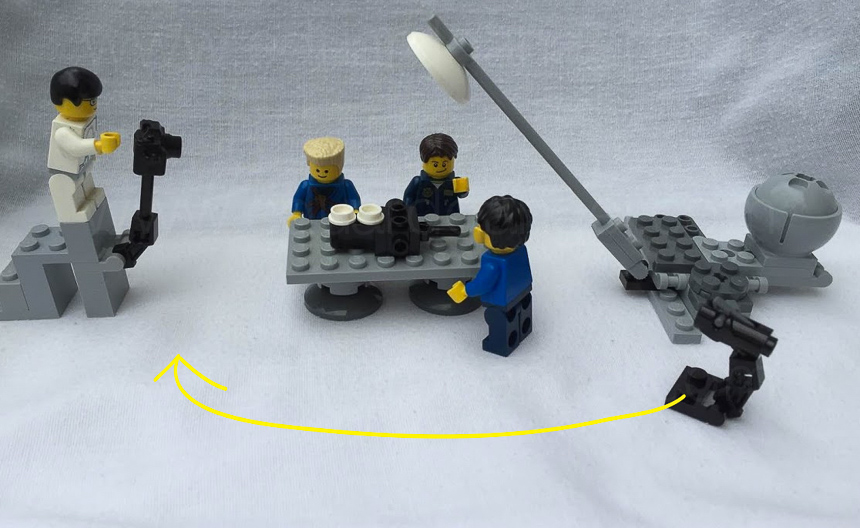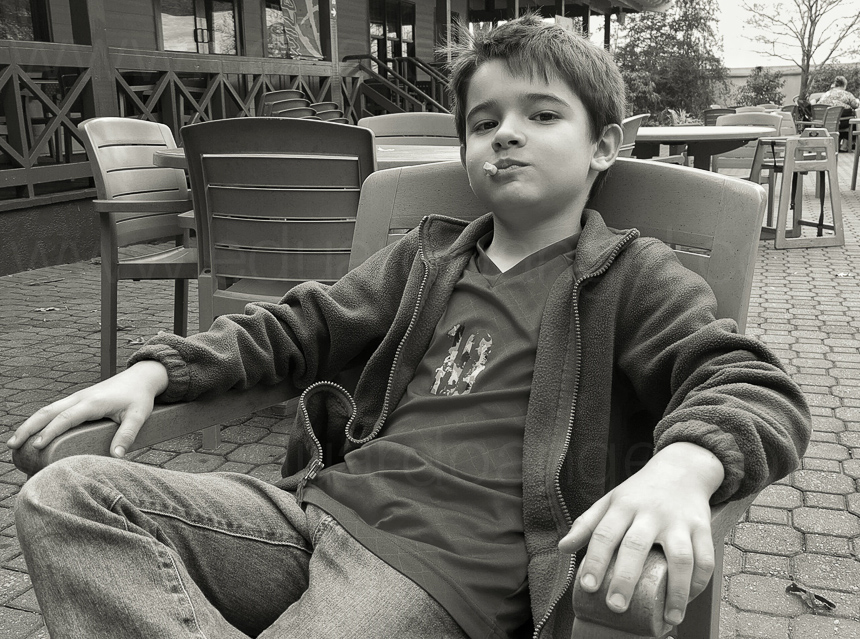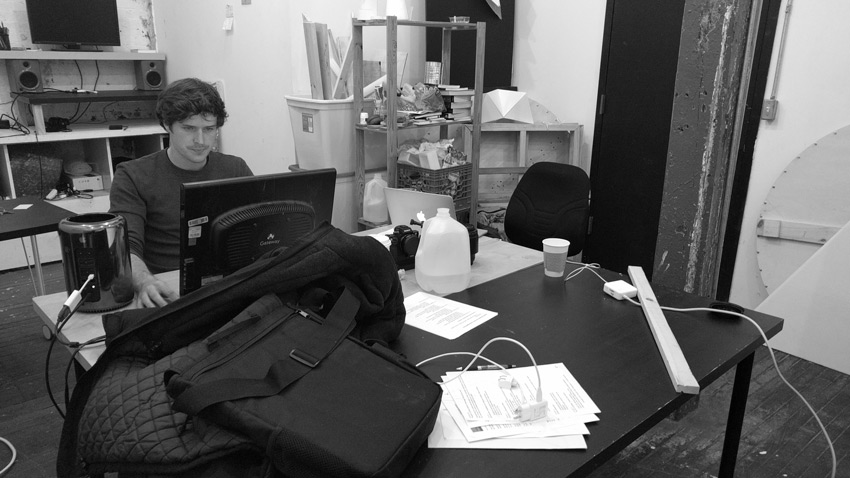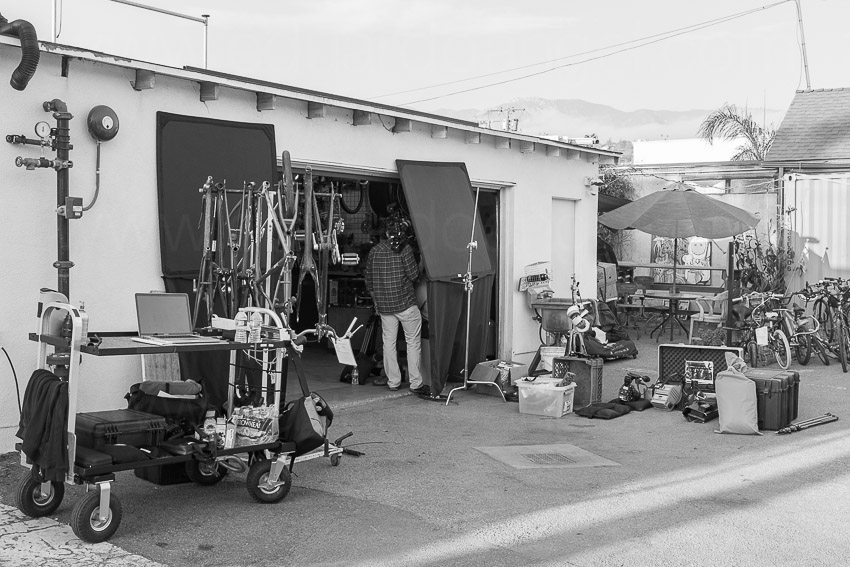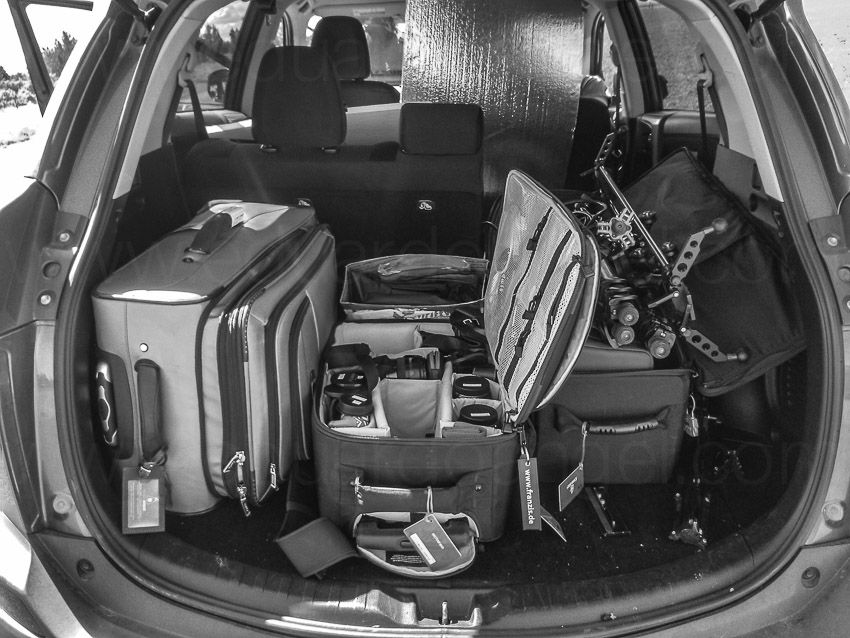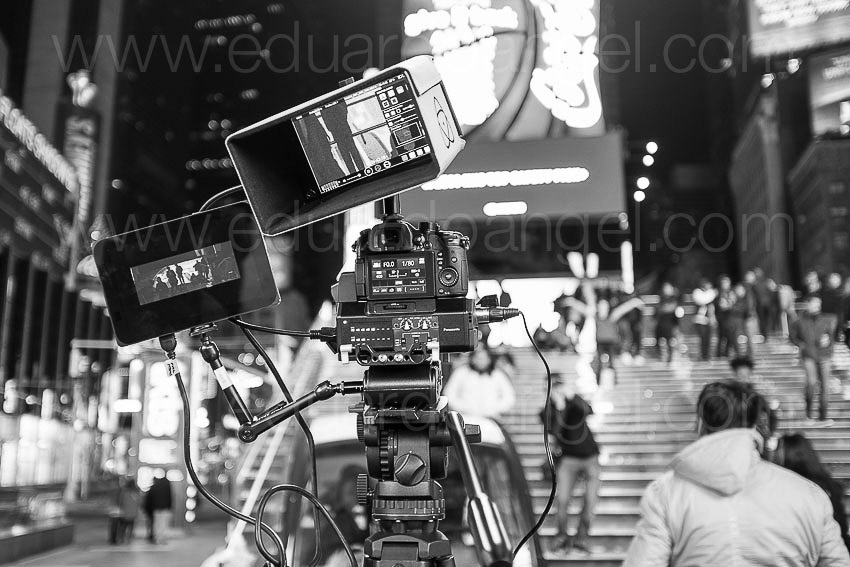Video
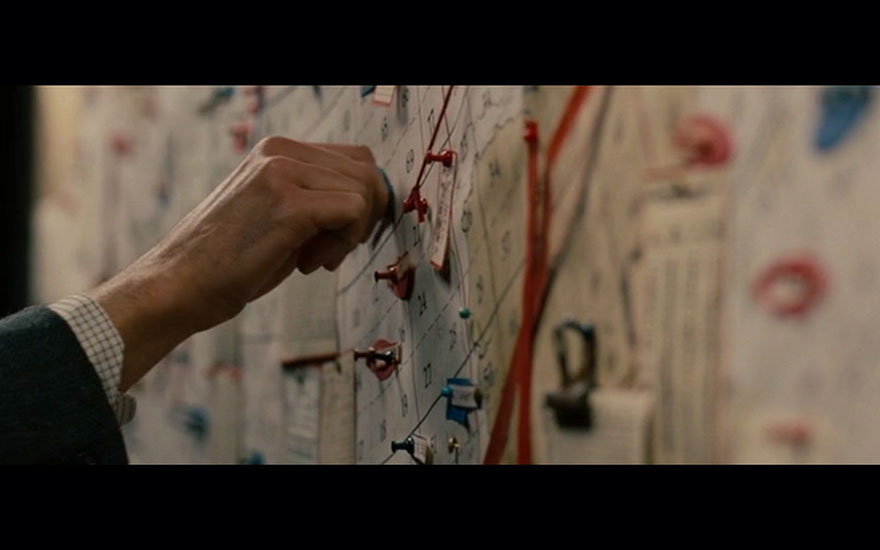
Why you need 300 people to make one movie.
Last night I watched “The Imitation Game” directed by Morten Tyldum and beautifully shot by Oscar Faura. The story is inspired in Andrew Hodges’s book “Alan Turing: The Enigma” which I read recently and found fascinating. Not to be confused by this other book to be released in a few months by different authors. Here’s Turing’s Wiki page which has pretty much the same info as the movie.
But the point of this quick post is not about the movie itself, but the amount of people involved to make it. Not being a Michael Bay or James Bond movie, I was kinda shocked to see the final credits go on and on and on and on….
Curious (as always) to know WHY exactly did they need so many people, I found the complete “cast and crew” list and organized them by department.
Almost 300 people worked on this film. With a $14 million budget the movie already has grossed over $91 million. Not a bad investment if you ask me!
I’m gonna watch all the DVD extras, and if there’s anything interesting I’ll add it to this post.
Video

Film Anatomy. Location Scouting.
Last week was unseasonably warm and beautiful, and we went to scout one of our top locations. It was only 50 miles from my place in Brooklyn, but with New York’s traffic it took over 2 hours to get there. As a rule of thumb, when scheduling our shoots, we DOUBLE the estimated travel time by Google Maps. The worst scenario is arriving early, which often leads to a shorter than expected day or having a bit more time to set up, neither too bad if you ask me.
For our short film we essentially need three locations, all interiors. Why? Well, because we’ll be shooting in New York the middle of January so the chances that the weather will be as nice as last week are rather slim.
The house we scouted is almost perfect. It provides two of the three locations we are looking for, and we might be able to fake the third one through some movie magic. An added bonus is that the basement is full of old furniture and appliances that we could use as props. There’s a B&B nearby which would be perfect to house the crew, and there are a few good restaurants in the area. For us, good food is a top priority on any video production. A well fed crew will always work better, and I truly believe that a happy people make better products.
I’ve been getting some interesting emails/questions regarding this project and “how much do you plan in advance” is one of them, so the specific answer will be our very next post. Stay tuned!
FOLLOW US
LinkedIn – Our Serious Resume
Vimeo – Our Video Portfolio in collaboration with The Digital Distillery, Inc
Twitter – Our Daily Updates
Facebook – A mix of News and Upcoming Events
PhotoShelter – Our Photo Portfolio
Video
Film Anatomy. The cover image.
Since the plan for “Film Anatomy” is to be a series of articles, besides the title we thought we should have a strong image that holds the articles together.
I spent a lot of time browsing my +100k Lightroom Catalog and found a few interesting options, but wasn’t completely happy. I woke up in the middle of the night (literally at 4:13am) with a great idea; I should ask Juan Jose, my 8-year old nephew, who happens to be a Master Lego builder, to design a film set mimicking an operating room.
Needless to say, he was SUPER excited with the assignment. As he was building, we chatted online and together tweaked the pieces until he built the perfect film set, and image, for the series.
What do you think? Feel free to share your thoughts with us on Twitter or Facebook.
And the final version:
Here’s our set designer extraordinaire. He’s SO cool!
FOLLOW US
LinkedIn – Our Serious Resume
Vimeo – Our Video Portfolio in collaboration with The Digital Distillery, Inc
Twitter – Our Daily Updates
Facebook – A mix of News and Upcoming Events
PhotoShelter – Our Photo Portfolio
Video
Film Anatomy. Post 0001.
And we are on!
Matt Stanton and I have been bouncing around several concepts for a short film for a long time. Sadly, with our hectic travel and shooting schedules these personal projects usually find their way to the back burner.
Today we met in East Williamsburg, at a cool studio where he’s been working on another awesome project (more on that later). The list of topics we needed to iron out was extremely long, but right away things fell in place. After just a few hours of very productive conversations, yummy tacos for lunch, and several phone calls, we settled on a strong concept, a potential location and solid timeframe for the project.
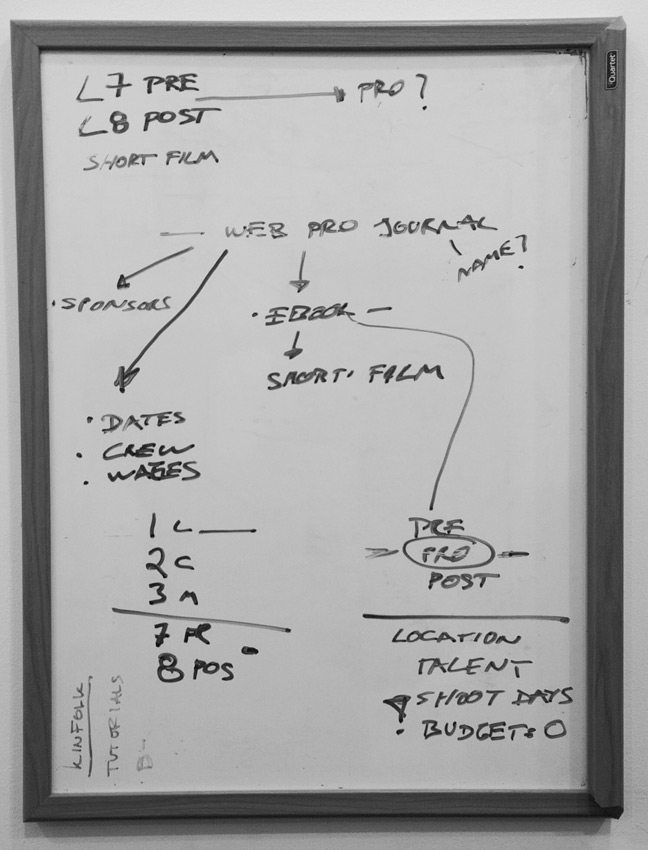
The whole project in a nutshell. Very clear, right?
We both will have a pretty busy beginning of the year, so one of the conditions is that we must be extremely efficient. To spice things up, we’ll be documenting the complete pre-production and post-production steps and compile them as two new Lynda.com courses.
Inspired by Robert Rodriguez and his book “Rebel Without a Crew” and by Steven Soderbergh latest TV show on Cinemax “The Knick” we would like to write as often as possible and share our journey with you.
Anatomy is the study of the structure of living organisms, especially as revealed by dissection and the separation of parts. Since we are essentially dissecting the steps of making a short film, we’ll call this series “Film Anatomy.”
The very next step will be working on the script, finding the talent, recruiting a very small group of friends to give us a hand and determine how are we going to shoot it.
FOLLOW US
LinkedIn – Our Serious Resume
Vimeo – Our Video Portfolio in collaboration with The Digital Distillery, Inc
Twitter – Our Daily Updates
Facebook – A mix of News and Upcoming Events
PhotoShelter – Our Photo Portfolio
Video
Essential Filmmaking Gear – Lean and Mean.
On our previous equipments lists (here’s #1 and here’s #2) we covered the essential gear while working with small crews constantly on the move. Today, we’ll list the equipment we usually bring on “Lean and Mean” jobs. On these jobs we usually spend more time at each location, and don’t need to carry everything on our backs, so we can add a few bigger/heavier tools.
List #3 – Lean And Mean
Hybrid or Video Only Assignments
Small Crew On Location But With Some Time To Prep
Example: Maragas Winery Commercial.
In addition to everything on List #1 and List #2 we typically would add:
1. If the job doesn’t require stills I’d swap the GH4s or the Sony a7R IIs for a couple of Canon C100 Mark II bodies (Amazon and B&H). At this point we are seriously considering investing on a couple of Sony PXW-FS7 (Amazon and B&H), but we are waiting to test it against a Sony PXW-FS5 (Amazon and B&H) to make the call.
2. Depending on the job we would add another camera movement tool, like a Glidecam (Amazon and B&H) or a Ronin (Amazon and B&H) or even jibs and dollies. It depends on many different factors.
3. In terms of lighting I usually bring three 1×1 Bi-Color LED Panels (Amazon and B&H) with batteries (B&H) and two Chimera 1×1 Lightbanks (Amazon and B&H) with grids (B&H). That pretty much covers my basic needs. Another option is a Fiilex kit (Amazon and B&H), which I like a lot, but it is too expensive for most people.
4. A Sekonic Color Meter (Amazon and B&H) and a Sekonic Light Meter (Amazon and B&H) are pretty much mandatory.
5. Most of my grip gear is made by Impact simply because it is inexpensive, versatile and durable. I consider essential a few accessories like adjustable Gaffer Clamps, and Collapsible Reflector Holders (Amazon and B&H) which also double as mic or light stands. These very inexpensive items effectively function as additional crew members.
6. We would bring a second Tenba Transport Rolling Tripod/Grip case (2 total) (Amazon and B&H), add a second Benro S8 tripod (2 total) one more Benro S4 monopod (2 total), and a very compact and portable slider (Amazon and B&H) that would take the same fluid head from the S8 tripod and/or the S4 monopod.
Here’s the complete list of what we are currently using.
Well, there you have our essential gear. There isn’t a perfect gear list, just like there isn’t a perfect camera, but the most essential items have been working great for most assignments. Of course, there are those long and complex projects that require everything and the kitchen sink. If I forgot something essential, please let me know here!
We also have produced several Filmmaking courses on Lynda.com, two of them specifically designed for photographers transitioning into video. Check them out!
Video
Essential Filmmaking Gear – The Moving Crew.
On a previous article we covered the essential gear for solo gigs (List #1). On this article, which we call List #2, we’ll concentrate on the equipment required for longer/bigger hybrid assignments where I’ll have a few more people fulfilling different roles (gaffer/grip, second camera/editor, BTS camera/DIT). We are usually moving from place to place very quickly, so traveling light is essential. When possible, I added direct links to Amazon and/or B&H for your convenience.
List #2 – The Moving Crew.
Hybrid Assignments
Small Crew Constantly On The Move
Example: Panasonic Anamorphic.
So, in addition to everything on List #1 we’d typically add:
1. In addition to my sharpest and heaviest lens, Canon 70-200mm f/2.8 (Amazon and B&H), we’d also bring a Sigma 18-35mm f/1.8 (Amazon and B&H), and a Sigma 24-105mm f4. (Amazon and B&H). These are the same exact lenses I used last year on another one-man Hybrid project in Istanbul and Europe. To make the Canon and Sigma lenses work on the Panasonic GH4 we’ll need a Metabones Speedbooster (Amazon and B&H).
2. Having more space and more people to carry bags, I’d also add a Varavon cage (Amazon and B&H) to each camera body. I like these cages a lot!
3. An Atomos Shogun (Amazon and B&H). We previously wrote an article explaining why this is a must have item.
4. As many SanDisk Solid State Drives (Amazon and B&H) for the Atomos Shogun as possible.
5. A USB 3.0 reader for the Solid State Drives (which are generously included in the Atomos Shogun kit).
6. A second 6TB G-Tech External Hard Drive (Amazon and B&H).
7. Two RodeLink kits (Amazon and B&H). They are great for interviews and to record clean sound while doing on-camera tutorials or even getting some BTS. The RodeLinks are extremely light, small, reliable and fairly inexpensive.
8. In addition to the monopod (on List #1) I’d add one Benro S8 tripod (Amazon and B&H).
9. I’d add one more Tenba Roadie Hybrid bag (2 total) (Amazon and B&H) for the most expensive, essential and fragile items, namely cameras, lenses, Shogun and hard drives.
10. One sturdy Tenba Transport Rolling Tripod/Grip case (Amazon and B&H) for light stands, tripods, grip, cables, etc. My favorite one is Tenba’s Rolling Case 38”
What else are we using? Here’s the complete list.
As you can see, anyone involved in run-and-gun, single-operator scenarios like weddings, events, corporate shoots, documentaries, red carpet premieres, product launches, sporting events, video podcasts, and even student films could benefit from these lists, so feel free to share them.
We also have produced several Filmmaking courses on Lynda.com, two of them specifically designed for photographers transitioning into video. Check them out!
Coming next week: List #3 – Lean and Mean. Working with a small crew but having a bit more time to settle down and prep. Bring the big guns!


